LieTransformer
This repository contains the implementation of the LieTransformer used for experiments in the paper
LieTransformer: Equivariant Self-Attention for Lie Groups
by Michael Hutchinson*, Charline Le Lan*, Sheheryar Zaidi*, Emilien Dupont, Yee Whye Teh and Hyunjik Kim
- Equal contribution.
| Pattern recognition | Molecular property prediction | Particle Dynamics |
|---|---|---|
 |
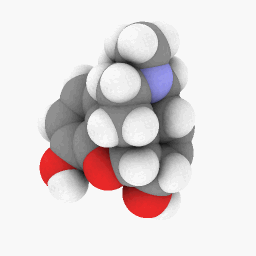 |
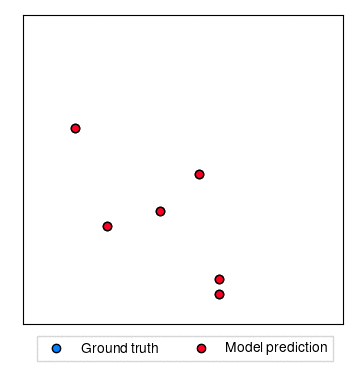 |
Introduction
LieTransformer is a equivariant Transformer-like model, built out of equivariant self attention layers (LieSelfAttention). The model can be made equivariant to any Lie group, simply by providing and implementation of the group of interest. A number of commonly used groups are already implemented, building off the work of LieConv. Switching group equivariance requires no change to model architecture, only passsing a different group to the model.
Architecture
The overall architecture of the LieTransformer is similar to the architecture of the original Transformer, interleaving series of attention layers and pointwise MLPs in residual blocks. The architecture of the LieSelfAttention blocks differs however, and can be seen below. For more details, please see the paper.

Installation
To repoduce the experiments in this library, first clone the repo via git clone [email protected]:oxcsml/eqv_transformer.git. To install the dependencies and create a virtual environment, execute setup_virtualenv.sh. Alternatively you can install the library and its dependencies without creating a virtual environment via pip install -e ..
To install the library as a dependency for another project use pip install git+https://github.com/oxcsml/eqv_transformer.
Training a model
Example command to train a model (in this case the Set Transformer on the constellation dataset):
python3 scripts/train.py --data_config configs/constellation.py --model_config configs/set_transformer.py --run_name my_experiment --learning_rate=1e-4 --batch_size 128
The model and the dataset can be chosen by specifying different config files. Flags for configuring the model and
the dataset are available in the respective config files. The project is using
forge for configs and experiment management. Please refer to
this forge description and
examples for details.
Counting patterns in the constellation dataset
The first task implemented is counting patterns in the constellation dataset. We generate
a fixed dataset of constellations, where each constellation
consists of 0-8 patterns; each pattern consists of corners of a shape. Currently available shapes are triangle,
square, pentagon and an L. The task is to count the number of occurences of each pattern.
To save to file the constellation datasets, run before training:
python3 scripts/data_to_file.py
Else, the constellation datasets are regenerated at the beginning of the training.
Dataset and model consistency
When changing the dataset parameters (e.g. number of patterns, types of patterns etc) make sure that the model
parameters are adjusted accordingly. For example patterns=square,square,triangle,triangle,pentagon,pentagon,L,L
means that there can be four different patterns, each repeated two times. That means that counting will involve four
three-way classification tasks, and so that n_outputs and output_dim in classifier.py needs to be set to 4 and
3, respectively. All this can be set through command-line arguments.
Results

QM9
This dataset consists of 133,885 small inorganic molecules described by the location and charge of each atom in the molecule, along with the bonding structure of the molecule. The dataset includes 19 properties of each molecule, such as various rotational constants, energies and enthalpies. We aim to predict 12 of these properties.
python scripts/train_molecule.py \
--run_name "molecule_homo" \
--model_config "configs/molecule/eqv_transformer_model.py" \
--model_seed 0
--data_seed 0 \
--task homo
Results
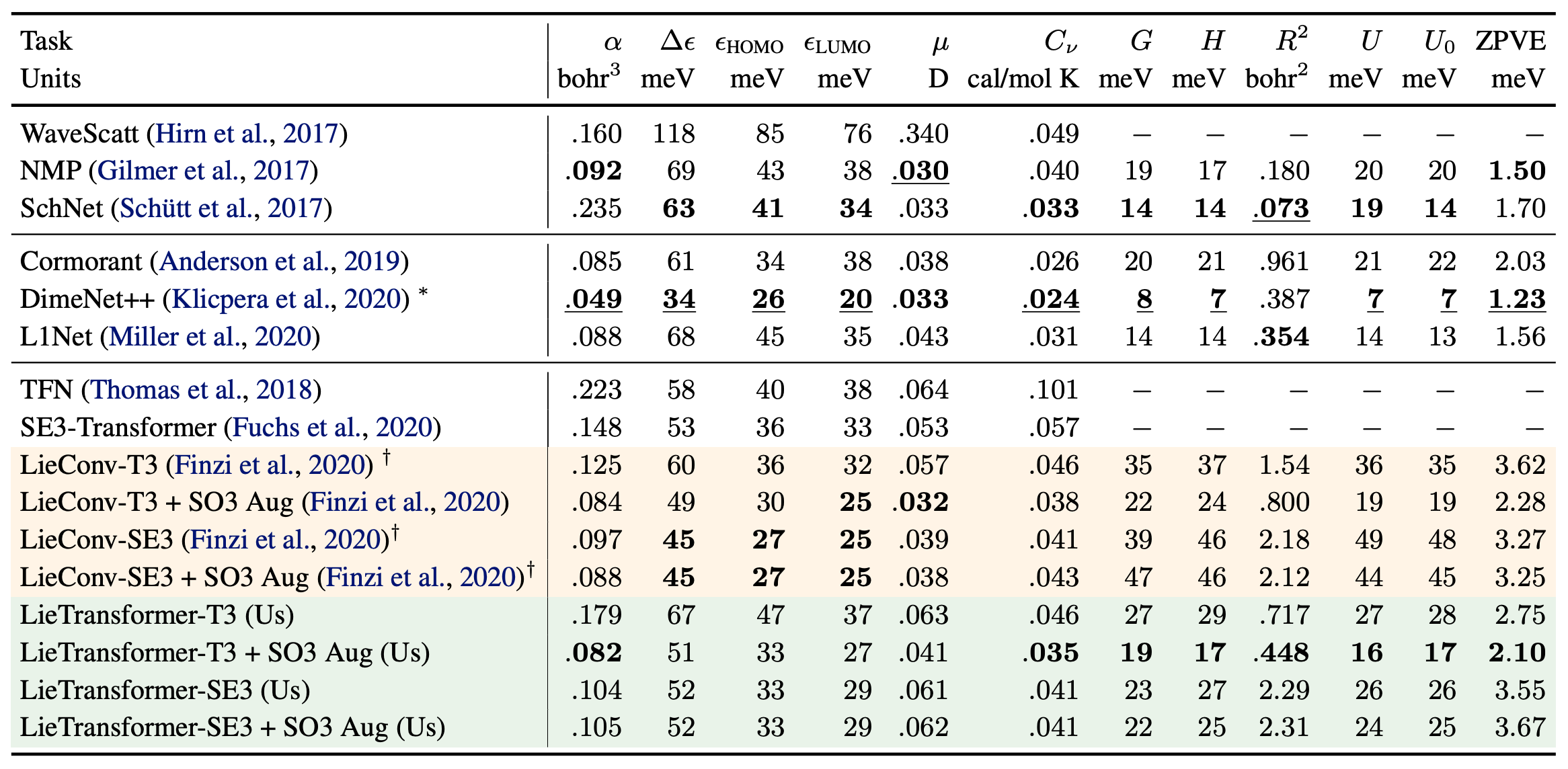
Hamiltonian dynamics
In this experiment, we aim to predict the trajectory of a number of particles connected together by a series of springs. This is done by learning the Hamiltonian of the system from observed trajectories.
The following command generates a dataset of trajectories and trains LieTransformer on it. Data generation occurs in the first run and can take some time.
T(2) default: python scripts/train_dynamics.py
SE(2) default: python scripts/train_dynamics.py --group 'SE(2)_canonical' --lift_samples 2 --num_layers 3 --dim_hidden 80
Results
| Rollout MSE | Example Trajectories |
|---|---|
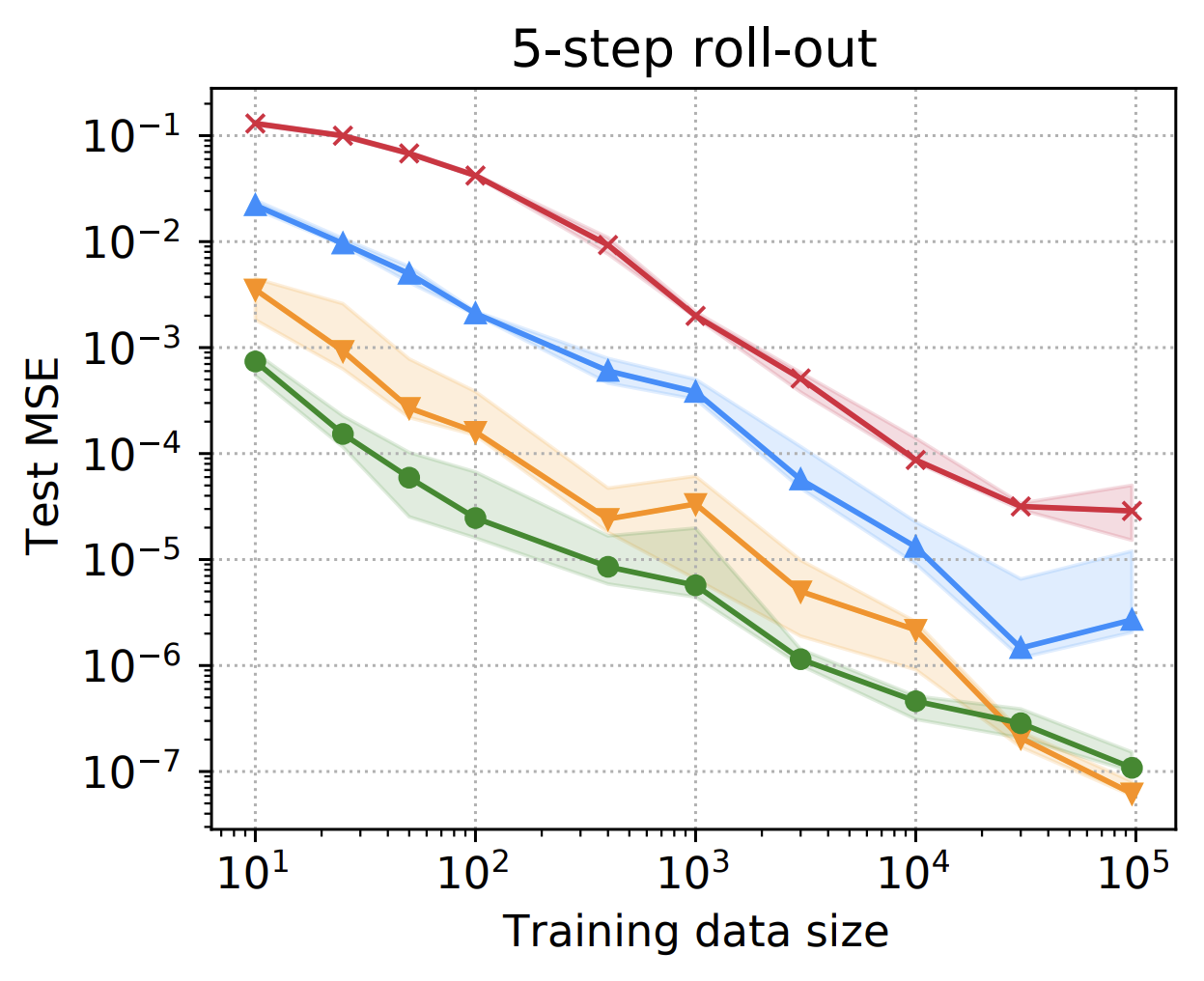 |
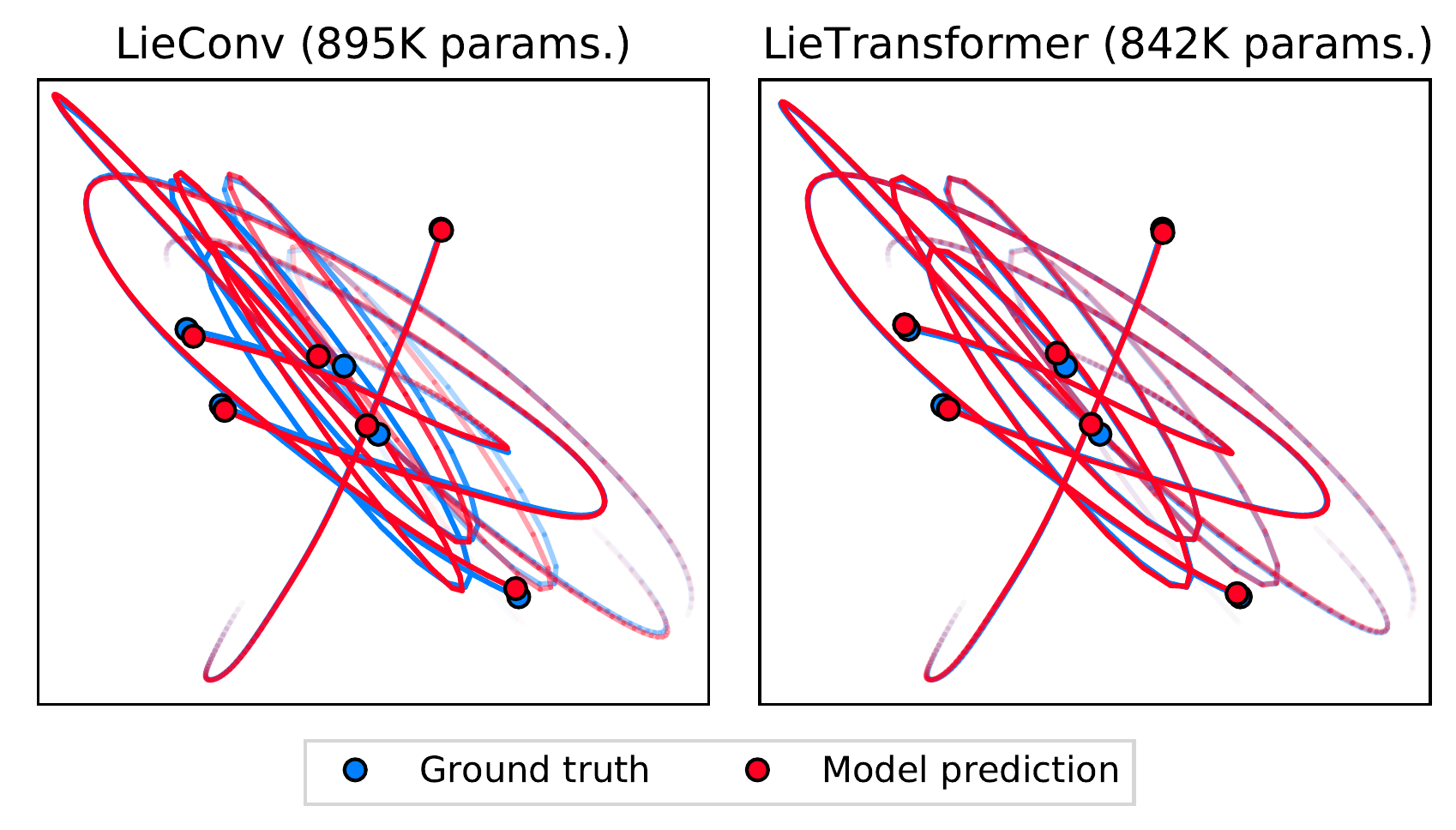 |





